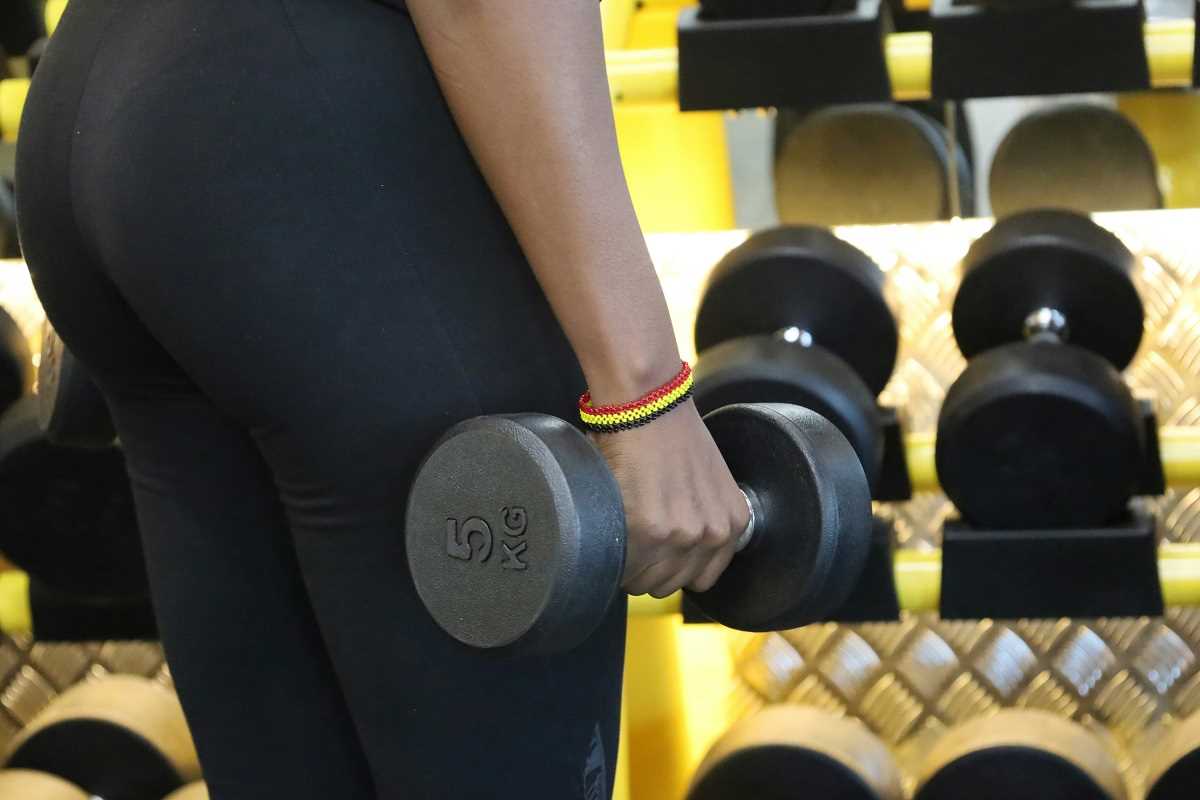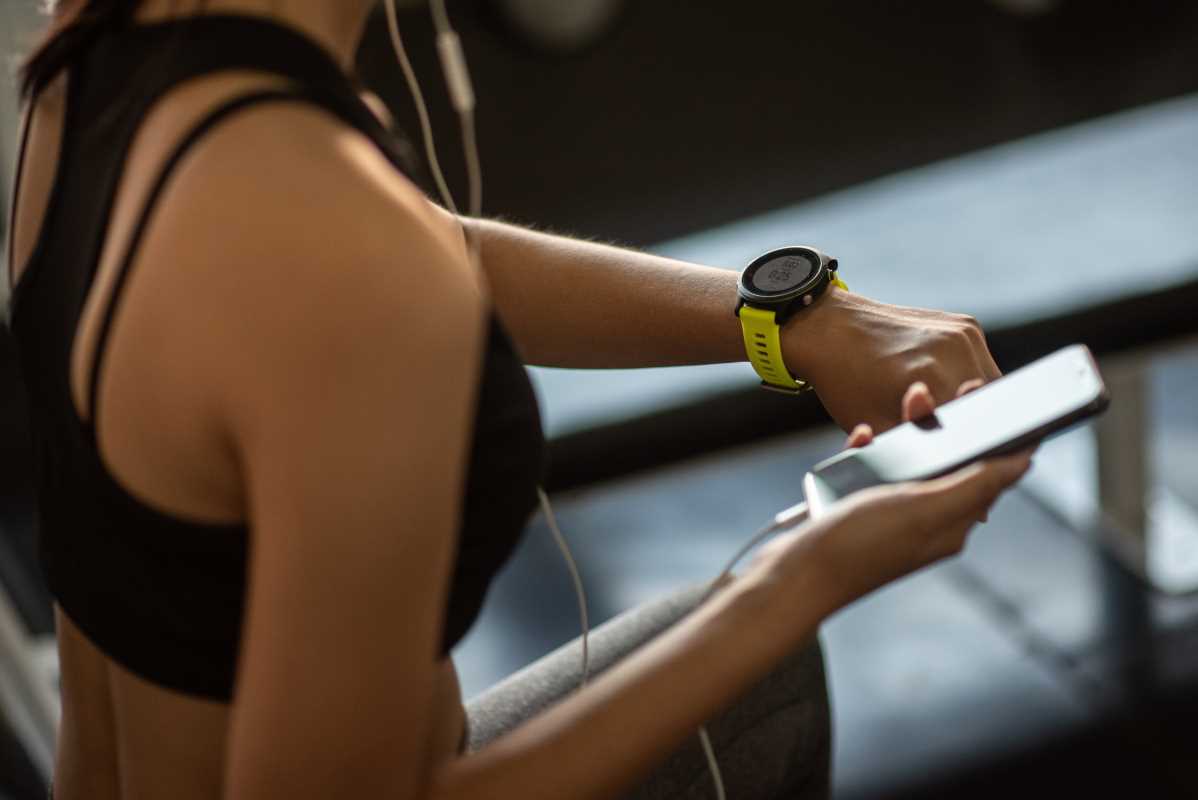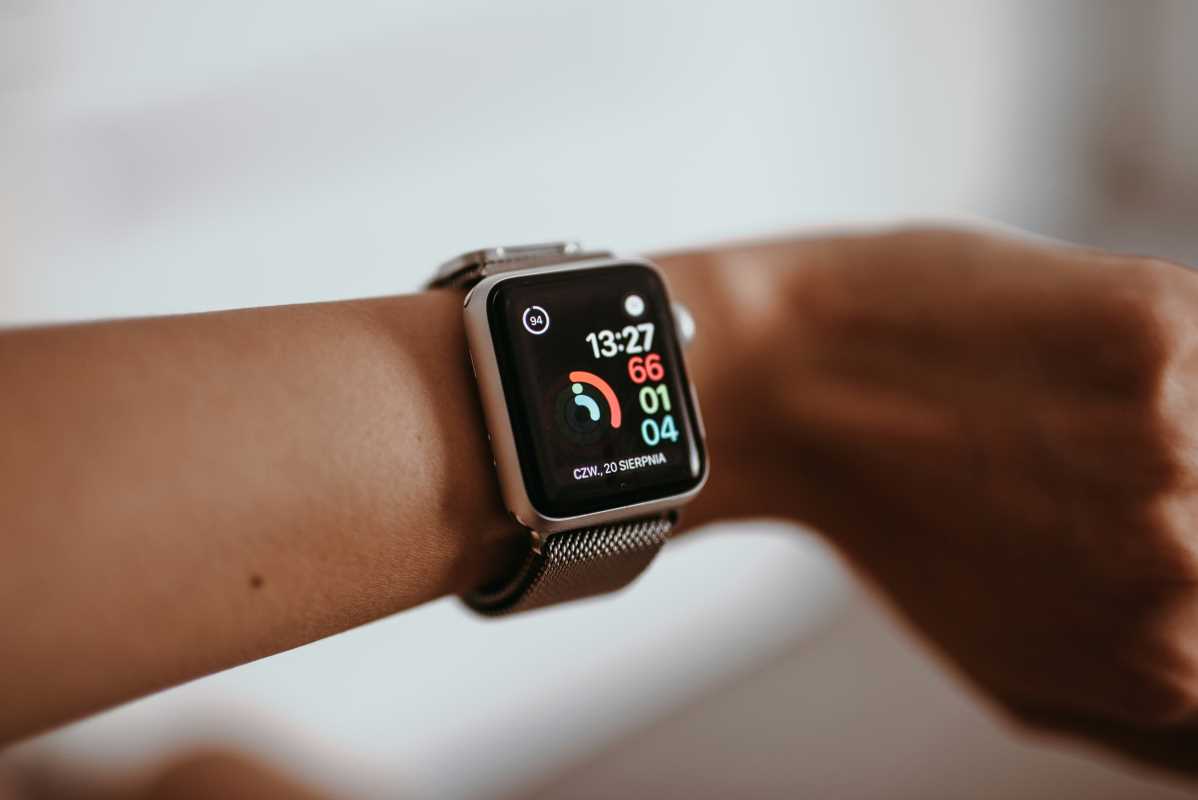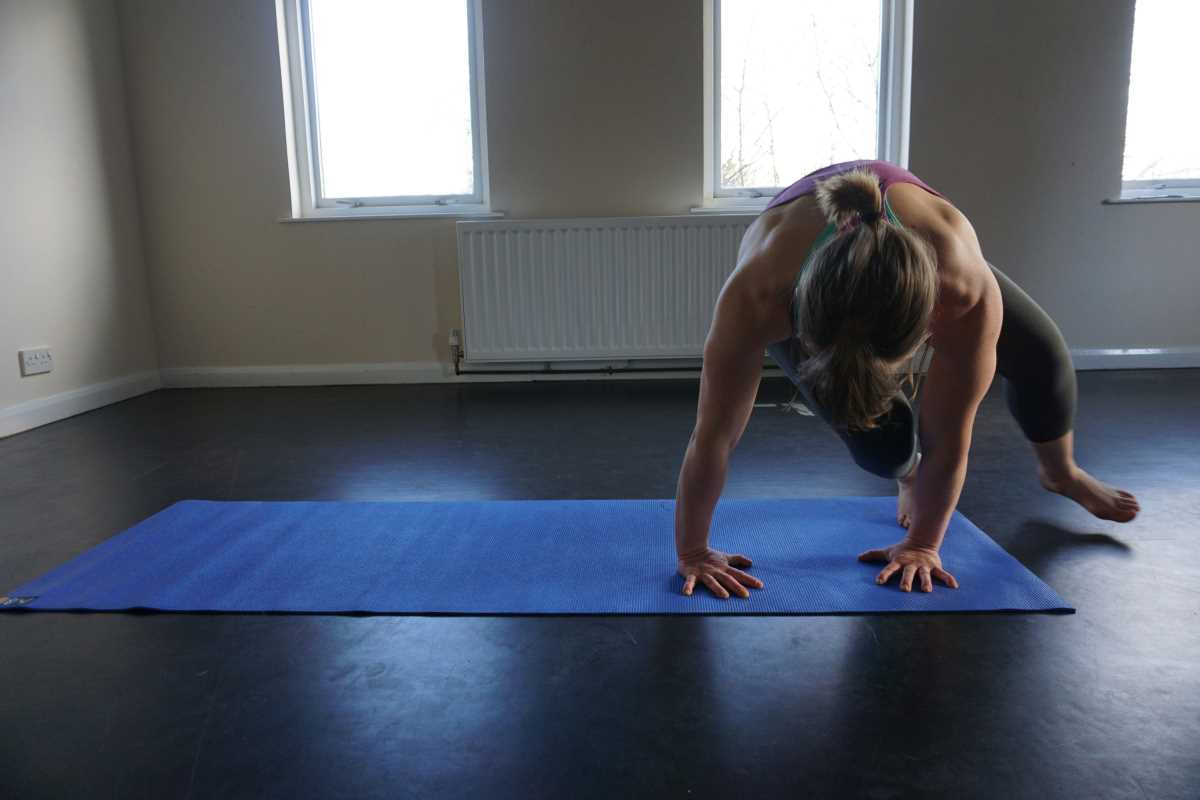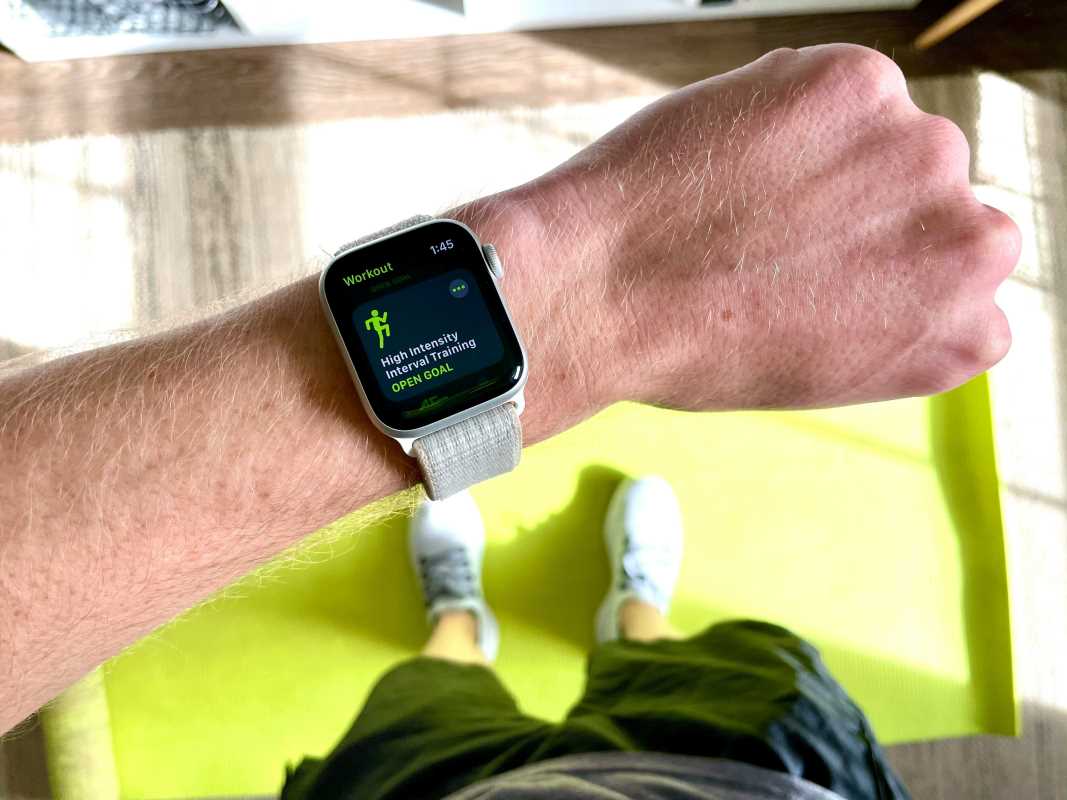Every CrossFit athlete pushes to balance strength, speed, and endurance while seeking new ways to improve performance. After perfecting your nutrition, breaking through personal bests, and refining your warmup routines, you might wonder if there are still untapped opportunities for growth. Sometimes, the smallest details hold the key to significant gains. When you start tracking the less obvious cues and measurements, you give yourself the chance to shape each workout, repetition, and recovery period for better results. This extra awareness can unlock new progress, all without needing to spend additional hours in the gym or overhaul your entire approach.
Understanding Hidden Performance Signals
Tracking sweat loss or heart rate zones feels common—yet the subtler metrics deliver the real impact. When you measure neuromuscular recruitment or micro-recovery efficiency, you learn how your body actually responds to high-intensity stress. These insights help you find the balance between overreaching and underloading so you push hard when it’s beneficial and ease off when your system warns of burnout.
Look at neuromuscular recruitment. It shows how effectively your brain activates muscle fibers instead of just measuring force output. Micro-recovery efficiency assesses tiny rest-window benefits between sets, revealing if those 20 seconds are enough to recharge your explosive power. By listening to these subtle signs instead of loud signals, you improve the precision of every session.
Why These Overlooked Metrics Matter
Most athletes concentrate on volume or clock times, but detailed measures reveal how well your body absorbs and adapts. For example, tracking muscle oxygenation patterns during different movements shows whether cycling a barbell in a chipper exhausts your quads faster than box jumps, guiding your exercise order. Monitoring central drive fatigue provides insight into neural readiness, so you can replace heavy cleans with technique drills when your nervous system needs a reset.
Focusing on these hidden signals transforms your programming from “increase weight when feeling good” to “apply targeted load on fresh systems and maintain tired circuits.” This mental shift helps you achieve more consistent PR weeks and reduces the chances of stagnation.
Practical Guide to Tracking Advanced Metrics
- Wingate Test (Laboratory anaerobic power assessment)
- Feature: measures peak and average power during a 30-second sprint on a cycle ergometer.
- Cost: ~$300 per test at sports clinics.
- Insider tip: schedule after a recovery week to avoid fatigue skewing results.
- Rate of Perceived Exertion (RPE) Scale (Subjective intensity rating)
- Feature: links mental and physical cues across rep ranges beyond heart rate.
- Availability: free; no device required.
- Insider tip: anchor ratings with a consistent exercise (e.g., kettlebell swings at fixed load) to build reliability.
- Sleep Variability Index (Wearable sleep stability score)
- Feature: tracks fluctuations in sleep duration and stages night-to-night.
- Metric: often included in smartwatches or rings at no extra cost.
- Insider tip: cross-check variability with performance logs—swap heavy lifts for technique drills if variability rises.
- Neural Drive Assessment (EMG-based muscle activation profile)
- Feature: reveals recruitment timing and amplitude during explosive movements.
- Cost: ~$500 for portable EMG sensors.
- Insider tip: combine EMG with video recordings to analyze firing patterns, form issues, and refine cues.
- Heat Acclimation Score (Field test for cardiovascular heat adaptation)
- Feature: tracks core temperature recovery and sweat rate under controlled warm-up.
- Equipment: wireless thermometer (~$100).
- Insider tip: establish a baseline using ambient gym heat or sauna before testing to reduce distortion.
Embedding Advanced Insights into Daily Routines
Once you gather data, you need clear thresholds and actions to incorporate it into your training plan. If neural drive drops below your 85th percentile, reduce your load by 10 percent or switch to technique drills focusing on tempo. When your Sleep Variability Index crosses a concerning level, replace one high-intensity session with mobility work until your sleep stabilizes.
Adjustments like these help keep your progress steady by responding to signals of readiness instead of following a fixed workout schedule.
Cross-Metric Comparison and Troubleshooting
Combine your Sleep Variability Index and Heat Acclimation Score to decide whether to aim for a personal best or take a deload. If both metrics are in good range, you can go ahead with a heavy clean and jerk session. If one signals caution, choose to focus on refining technique with lighter weights. Use the following numbered list:
- Check your metrics dashboard first thing in the morning.
- Match any flagged items to alternative session templates you prepared beforehand.
- Keep brief notes explaining why you selected each template, helping you recognize patterns over time.
This organized approach turns reactive training into a proactive plan that aligns with your body's natural cycles.
By paying attention to these subtle measurements and integrating them into your workouts, you unlock a level of accuracy in CrossFit progress many never achieve. Each metric uncovers a new perspective on your body's readiness and recovery, pushing you closer to breakthroughs without guesswork.
Apply these data points now to move from chasing gains to creating them. Take action and see the difference.
 (Image via
(Image via